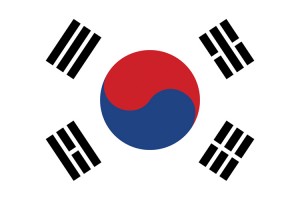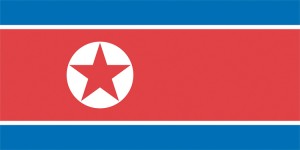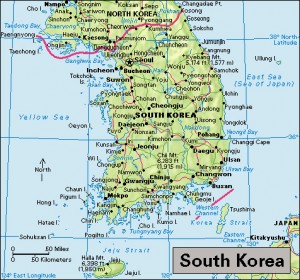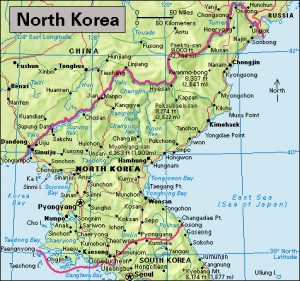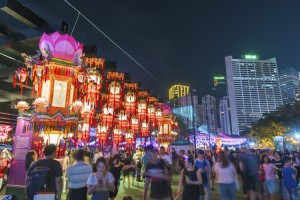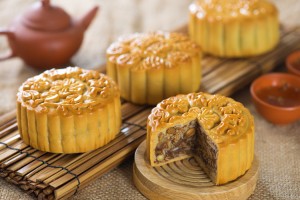Language Monday: Korean
Monday, June 4th, 2018June 4, 2018
Korean is the official language of both North Korea and South Korea. Most language scholars place it in the Altaic language family, which includes Mongolian, Turkish, and, according to some scholars, Japanese. Korean and Japanese share a similar grammatical structure and vocabulary, but not all scholars agree that the two languages are related. Korean also shares much of its vocabulary with Chinese, and it is often considered a link language, one that is related to all neighboring languages of the area.
Korean, like Japanese, uses speech levels (also known as speech styles). Speech levels mean speakers use different vocabulary depending on the level of intimacy (closeness) with the person to whom they speak. For example, an adult would use different words when speaking to a child than when speaking to their boss. Korean is an honorific system, which expresses respect by the use of particular nouns, verbs, and honorific suffixes (endings). Certain suffixes are added to words when talking to someone who is older or considered one’s superior.
The alphabet of the Korean language is known as Hangeul (also spelled Han’gul) in South Korea and Joseongeul (also spelled Chosongul) in North Korea. This alphabet is a phonetic writing system in which each symbol or letter represents a particular sound. It was developed in the 1440′s in the court of Sejong the Great, one of the most famous kings in Korean history.
Before the invention of Hangeul, Korean people had adapted Chinese characters for writing in Korean. Today, Korean is sometimes written in a mixture of Hangeul and Chinese characters. About 60 percent of the words in the Korean vocabulary are Chinese in origin. About 35 percent are native Korean, and about 5 percent are foreign loanwords (words that come from other languages).
Loanwords in Korean mostly come from the English language and include words referring to modern technology such as 컴퓨터 (keompyuteo) computer and 인터넷 (inteones) internet. Baseball, a very popular sport in Korea, has some familiar terms as well: 스트라이크 (seuteuraeekeu) means strike; 아웃 (ahoot) means out; and 홈런 (homereon) is home run. A few Korean words appear in English, including the martial arts of 합기도 (hapkido) and 태권도 (taekwondo), and such delicious food items as 비빔밥 (bibimbap), 불고기(bulgogi), and 김치 (kimchi).

